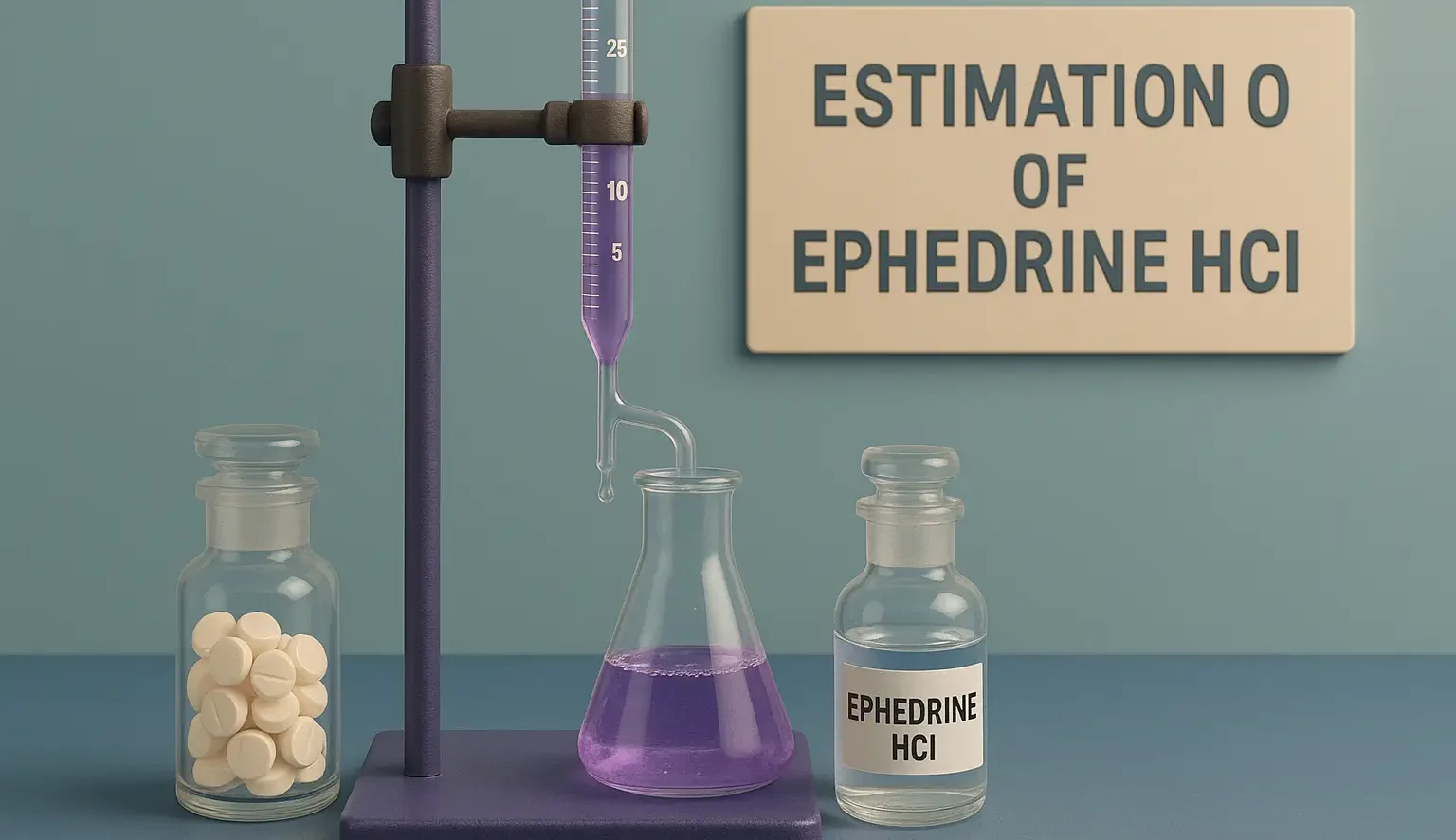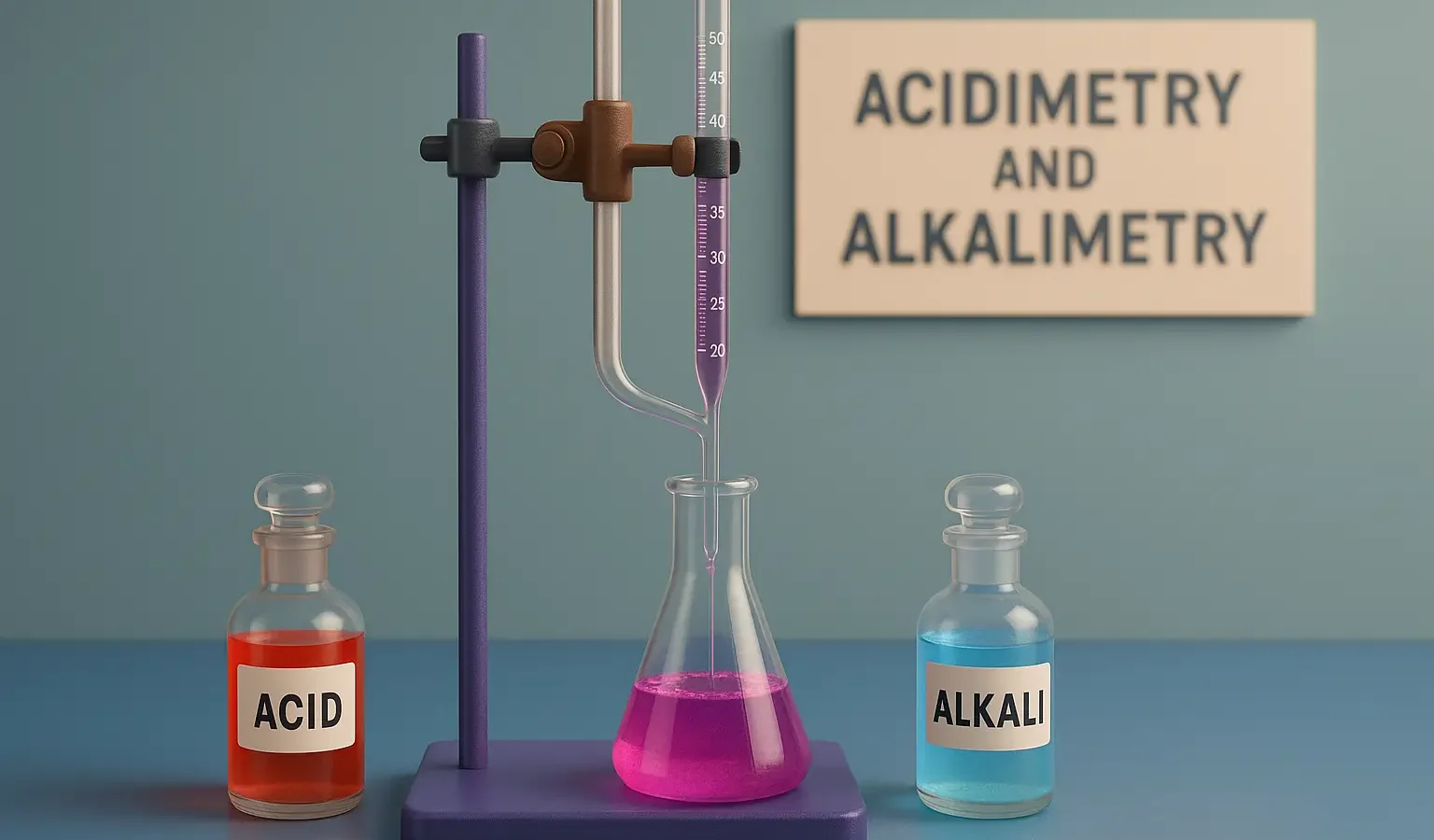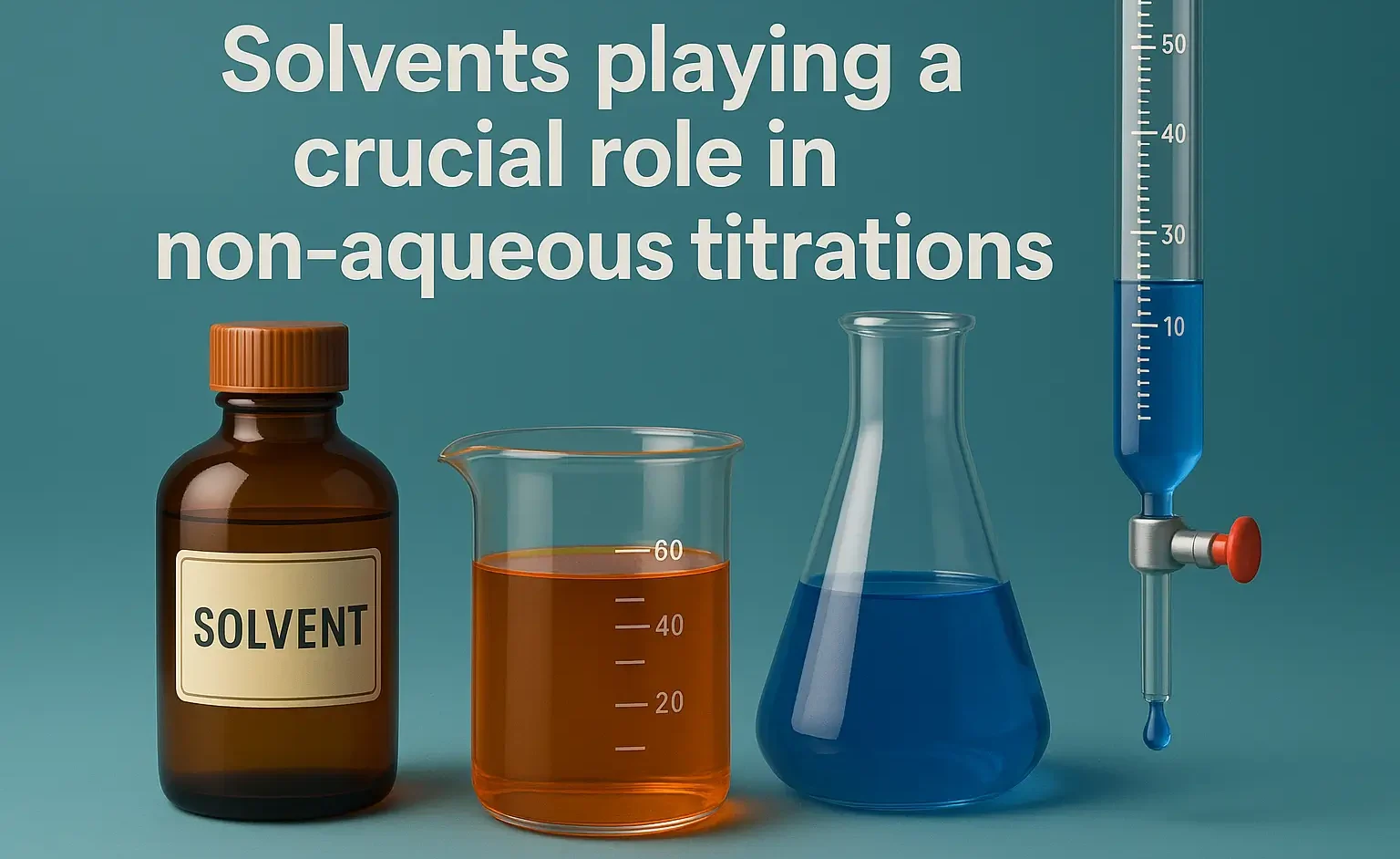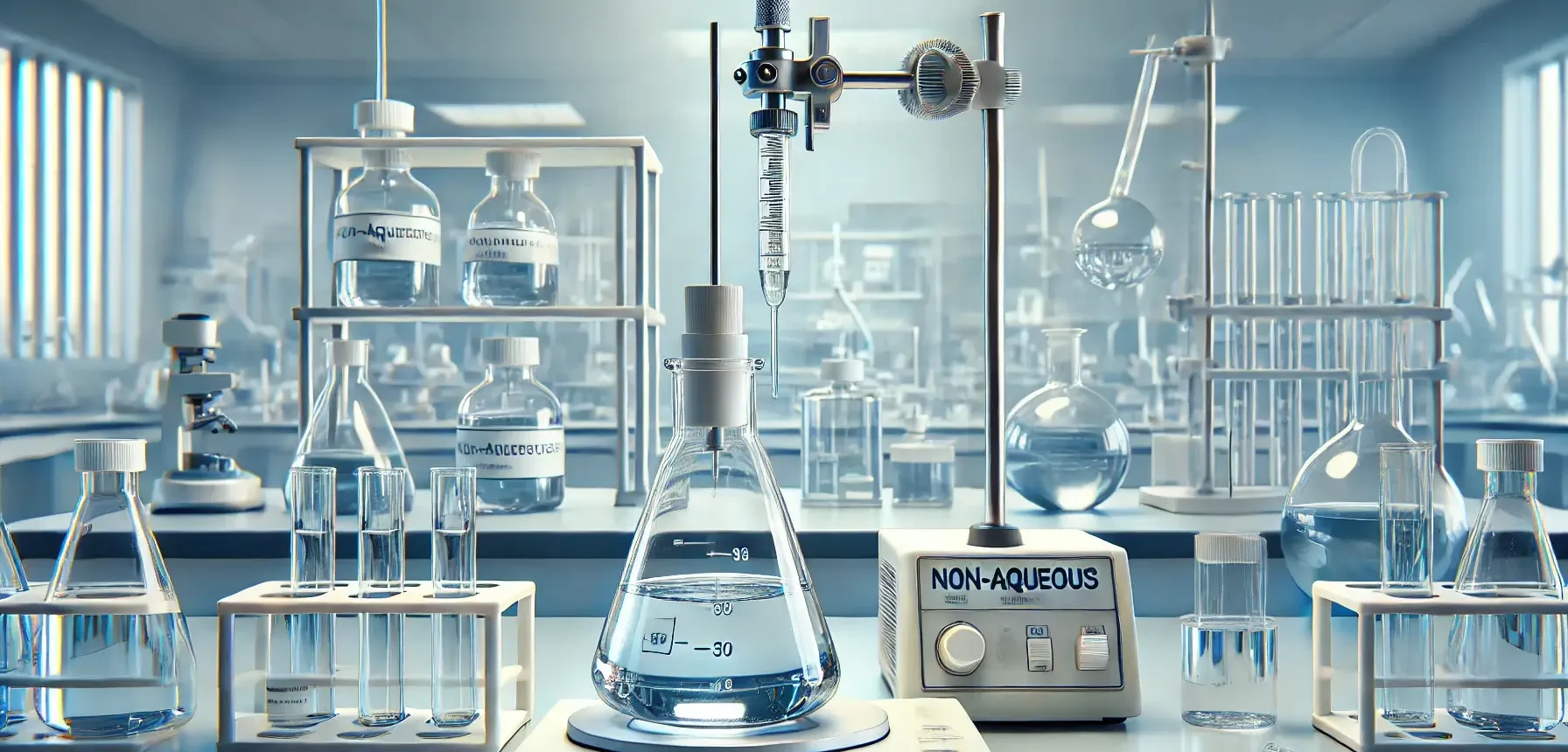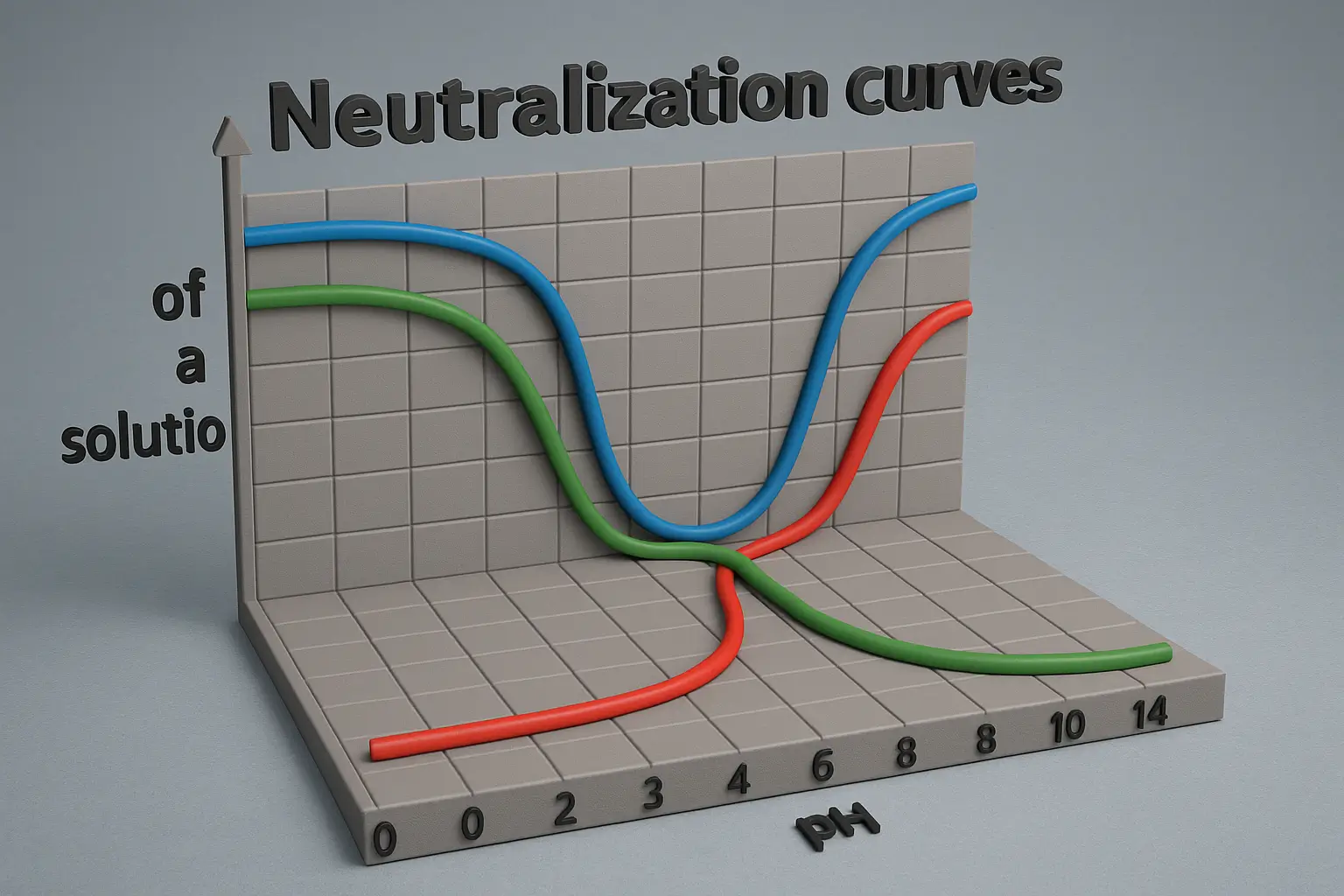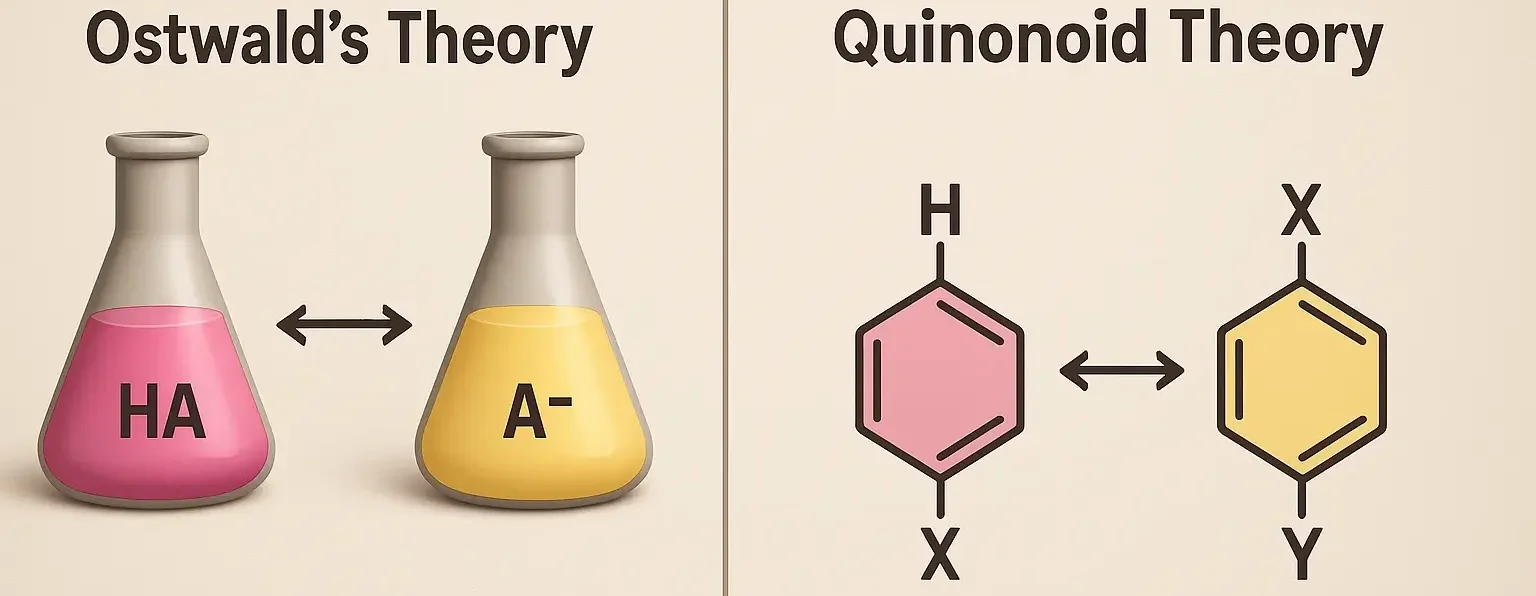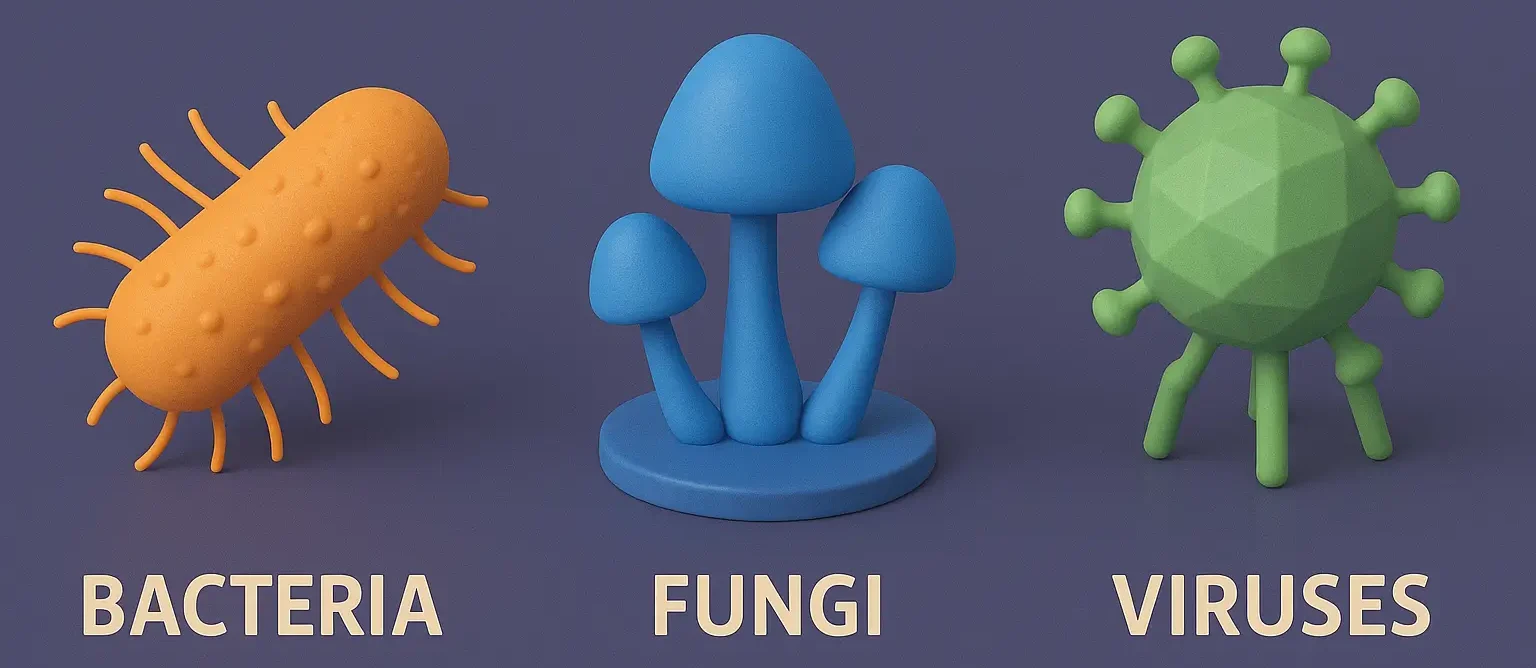Assessment of Microbial Contamination and Spoilage
Regular assessment of Microbial Contamination and Spoilage is essential to detect contamination early and take corrective actions. Microbial Limit Tests Purpose: Determine the number and types of microorganisms present in non-sterile products. Methods: Total Viable Count (TVC) Aerobic Plate Count: Determines the total number of aerobic bacteria. Yeast and Mold Count: Uses selective media to … Read more


